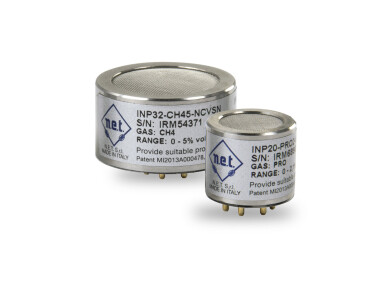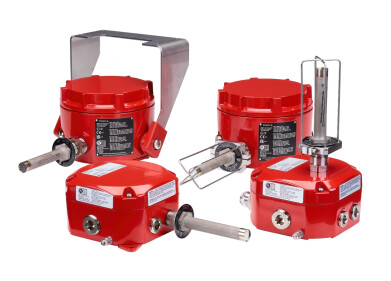Safety
Test and Calibration Station to Boost Gas Safety and Reduce Costs
Aug 07 2013
Safety specialist, Dräger (Germany), have launched a new product which will help the oil and gas industry stay on top of the testing and calibration of its portable gas detection instruments, at the same time as saving time and money.
The Dräger X-dock is an instrument calibration and management system which allows companies to complete automatic bump testing and calibration in seconds, using just a fraction of the test gas traditionally used with many other systems.
Significantly, the X-dock also offers a robust documentation and reporting function so that users can see the status of their portable gas detection instrument fleet at a glance and can produce calibration certificates without the need for a computer or printer.
With hundreds of very different and hazardous gases found in the oil and gas industry, the X-dock has the flexibility and range of multiple gas inlets to facilitate the use of different gas mixtures for testing and calibration, making it a highly advanced piece of technology.
No two oil and gas companies are the same and with the diverse range of chemical processes and species processed and used in each plant, the three different versions of the X-dock available, ensure that every area is covered.
Three versions of the X-dock are available, including: X-dock 5300 a ready-to-use version which comes with a gas detection instrument module; X-dock 6300 a master version with three test gas connections which can be expanded up to ten modules; X-dock 6600 a master version with six test gas connections which can be expanded up to ten modules.
Because the system is completely automated, the potential for operator error is significantly lowered helping to boost gas detection safety rates.
Kevin Honner at Dräger Safety UK said: “Industries using portable gas detection equipment rely on these instruments to identify potentially fatal hazards and ultimately save lives. It’s critical this equipment works correctly and that companies implement a strict schedule of calibration, maintenance and pre-use bump testing.
“As well as dramatically reducing the amount of time it takes to test and calibrate equipment, our system provides tailored information instantly, such as who tested which device when and what the result was, so that strict fleet controls can be maintained.
“We believe these innovations will help to improve the entire safety landscape in gas detection by shifting the emphasis away from individual instruments and onto maintaining and managing the fleet as a whole.
“But it’s not just about the improvements in safety that this system can bring – the financial benefits are equally important. Major users in the Oil and Gas Industries can have 500 or more portable gas detectors in their fleets which need to be tested and calibrated and the financial benefits of the time and gas consumption savings achievable using X-dock are very substantial on an annual basis.
“Our system completes an automatic bump test in eight to fifteen seconds for a standard 4 gas monitor, and can do up to 1,000 tests with a 58 litre bottle of test gas, so the savings can be enormous.”
Digital Edition
PIN 25.5 Oct/Nov 2024
November 2024
Analytical Instrumentation - Picturing Viscosity – How Can a Viscometer or a Rheometer Benefit You? - Sustainable Grease Formulations: Evaluating Key Performance Parameters and Testing Method...
View all digital editions
Events
Jan 20 2025 San Diego, CA, USA
Jan 22 2025 Tokyo, Japan
Jan 25 2025 San Diego, CA, USA
SPE Hydraulic Fracturing Technology Conference and Exhibition
Feb 04 2025 The Woodlands, TX, USA
Feb 05 2025 Guangzhou, China



















